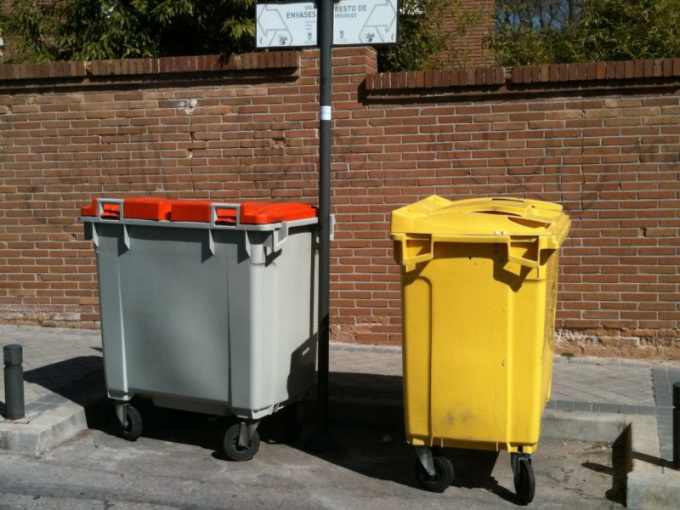You will need
- - scales for weighing of containers;
- calculator.
Instruction
1
Please specify what kind of garbage it is. Waste have different densities and, accordingly, the calculations are different factors. If your community adopted the separate collection of solid household waste, find the density of plastic bottles, cardboard, glassware, etc. for Example, the average density of plastic bottles is about 30 to 40 kg/cubic meter, slightly different data for corrugated cardboard and aluminum cans. But a glass density is almost ten times more.
2
The density of ordinary garbage in various conditions will also be different. For example, an unauthorized dump it is 80 kg/cu. m in containers of 180 to 240 kg/cubic meter, and the dump can be even 500 kg/cu. m. Determine at what stage of processing you will have to transfer one unit to other.
3
In some cases it is possible to determine the experimental density of solid waste. Collect containers with the same type of garbage. What will be more, the more accurate will the result. Containers shall be filled according to the standard (i.e. there should be no overfilling, no underfilling). Calculate the total weight of solid waste and divide it by the number of containers. You will get the average weight of garbage in one container. Dividing it by the volume, you'll find the average density. You can get total weight and divide it by the volume of all containers.
4
Remember how to Express the volume of any substance through its mass and density. It can be calculated by the formula V=m/ρ where m is the mass of the material and ρ is its density. By dividing the mass of solid waste for medium or experimental density, you will get the desired volume in cubic meters. Accordingly, if you know the volume and density, multiply them to get the tonnage.
